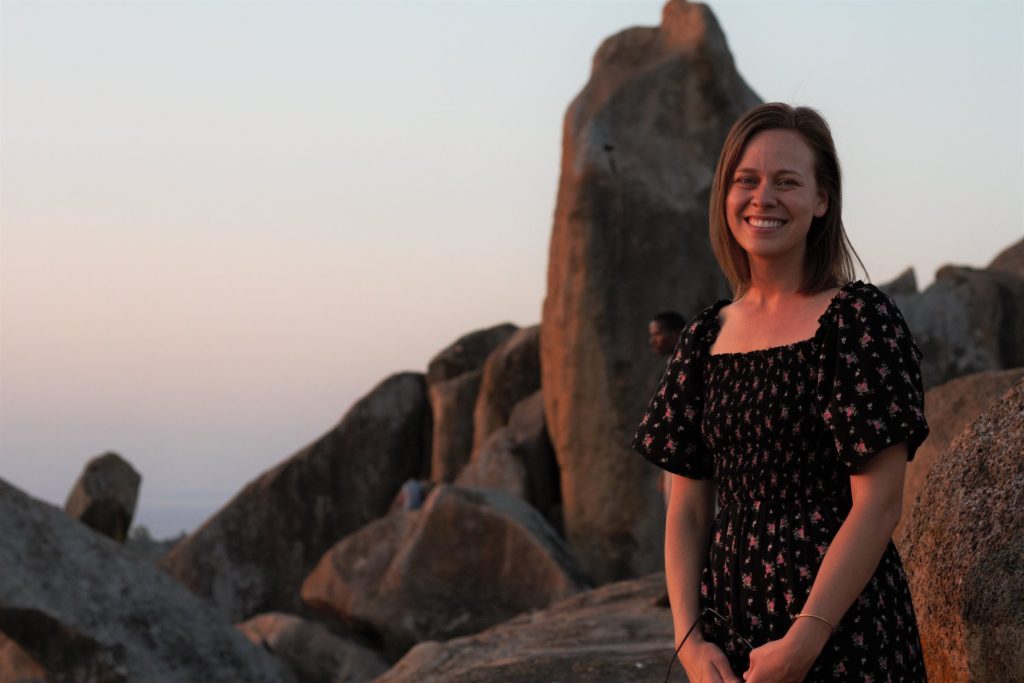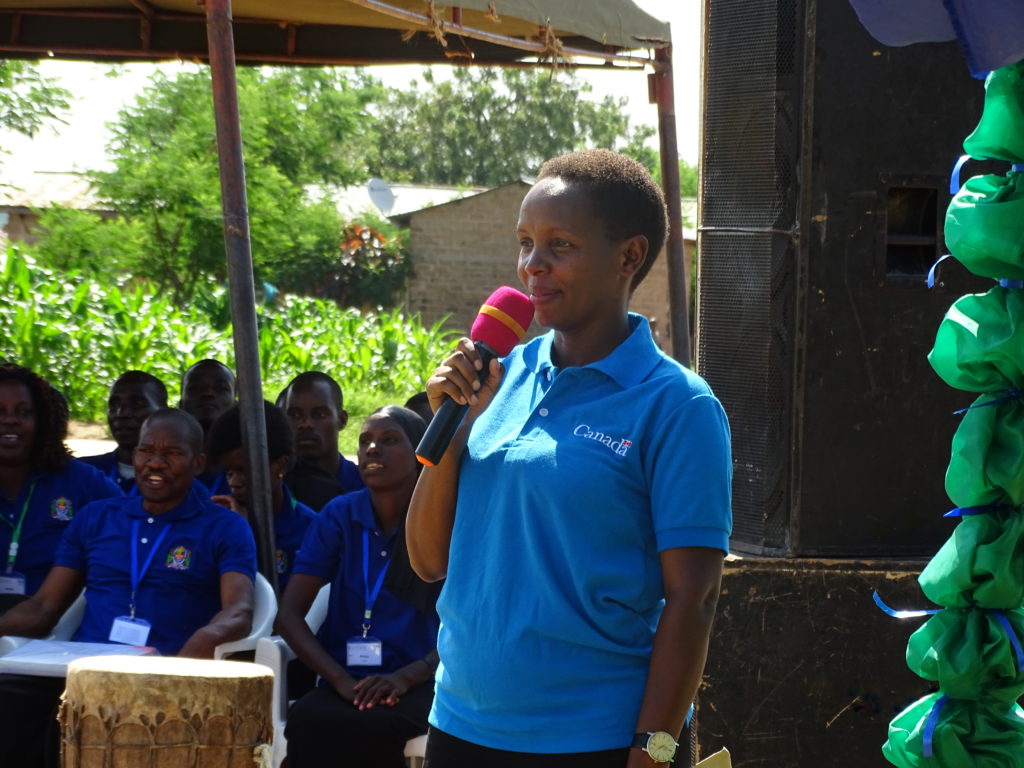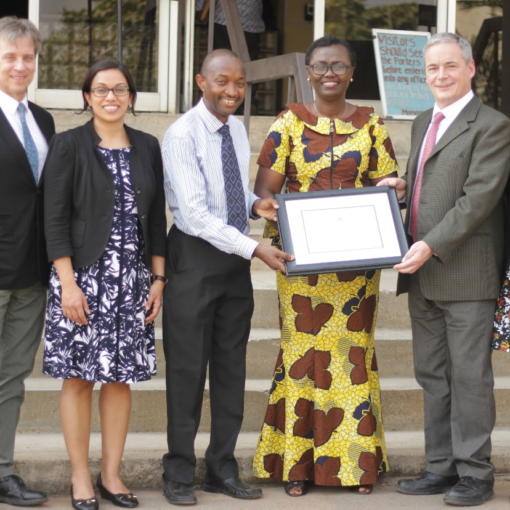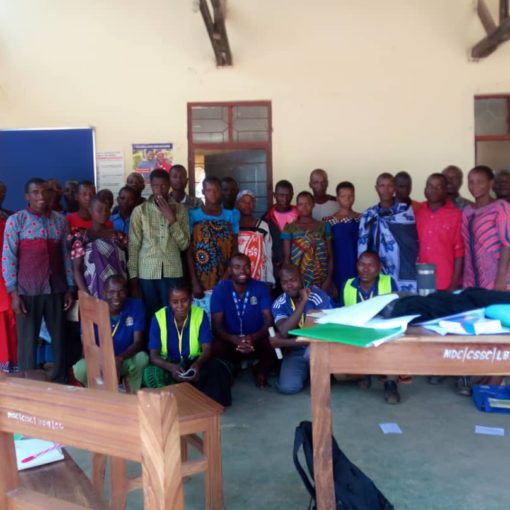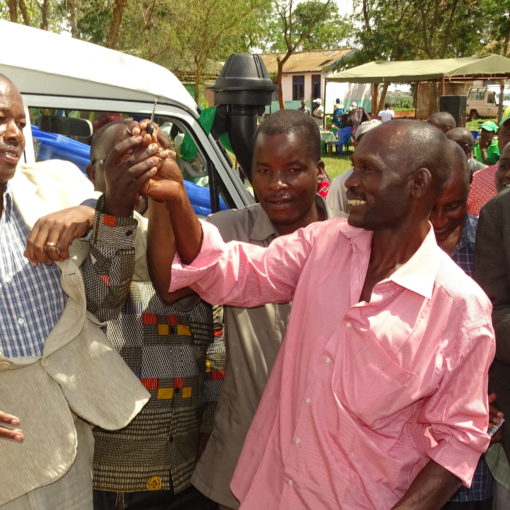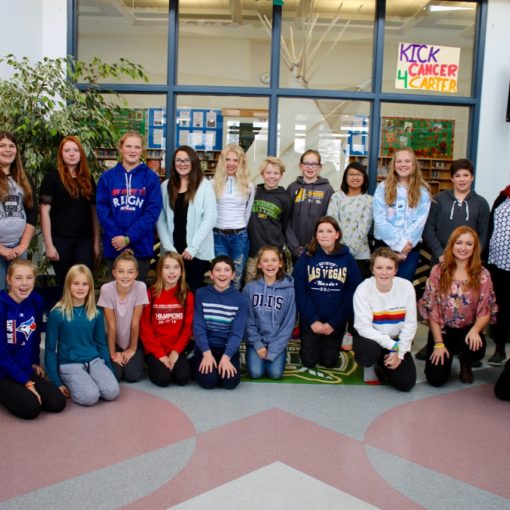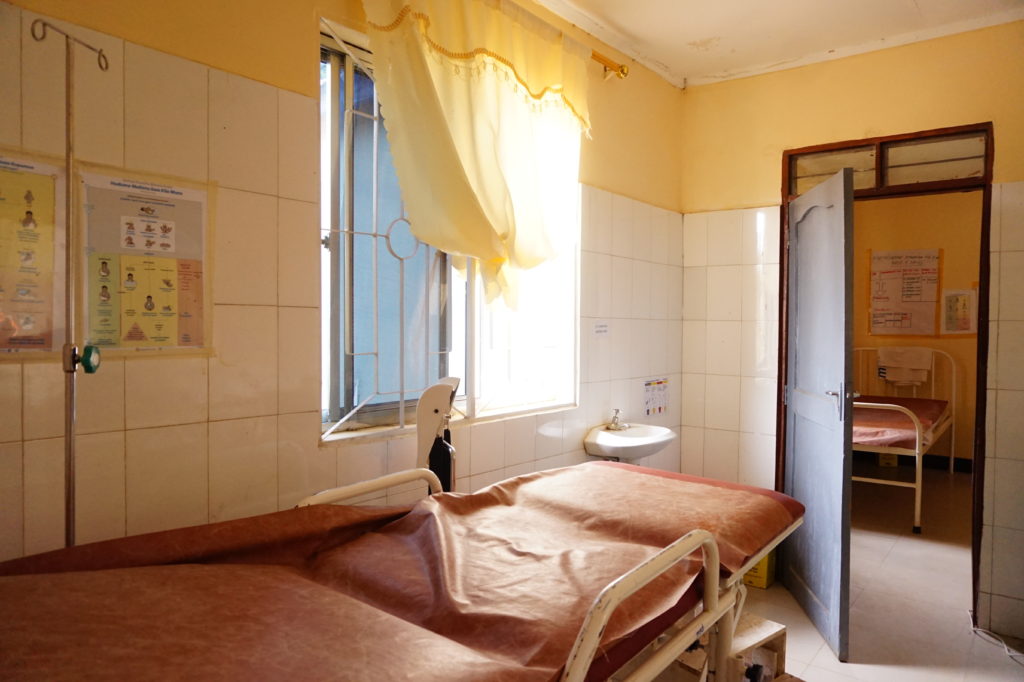
Last year, Mama na Mtoto launched a Digital Storytelling pilot to study how Digital Storytelling can be used as an effective research and dissemination tool in a global health context. Between April and August, intern Natasha Hoehn, who was finishing her Masters in Bioanthropology at the time, worked with staff from the Mama na Mtoto Field Office, including Tumsifu Matutu, our Community Engagement Project Coordinator, to create digital stories based on their personal experiences regarding maternal, child and reproductive health.
What is Digital Storytelling?
Digital Storytelling (DS) is the telling of a story through blending oral tradition with digital aids such as voiceovers, images, music and visual effects. “It explores lived experiences through a video creation process,” says Hoehn. Stories are typically 2-3 minutes long and narrated in first person.
Why Digital Storytelling?
As a research tool, DS has certain advantages compared to other tools such as interviews and focus groups. According to Hoehn, it “has the potential to capture the perspectives of marginalized community members who are difficult to reach through traditional qualitative research methods. Furthermore, DS may be a culturally relevant research tool in contexts where oral storytelling is traditionally used to communicate knowledge,” she adds.
With storytellers guiding the messaging of their narrative, DS makes for a comparatively advantageous dissemination tool as well, for it “results in products that represent authentic experiences.” Matutu also believes DS could help disseminate more useful information. “Sometimes media regarding challenges in African health systems do not present the source of the problem but rather they present the result of a certain problem.”
Hoehn found that storytellers were proud of the final products as they each had full involvement in their creation and they felt they had ownership over their own stories since they told them with their own voices. Storytellers also had positive experiences with regards to their involvement. Matutu was at ease during the process. “I felt comfortable because she (Hoehn) was not a new person to me. She is very friendly, cooperative, and liked to laugh, so it was marvelous to work with her.”
What are some challenges and next steps to Digital Storytelling in Tanzania?
Hoehn and the storytellers did identify some limitations to using DS in Tanzania. For one, there was an inadequate selection of appropriate stock media available. “Most stock-image models are light-skinned, and imagery tends to be from a western context,” says Hoehn, who also notes the lack of suitable Creative Commons music. She recommends taking the time to capture original content for future projects. There were also concerns that arose with respect to working within communities in Tanzania. Although storytellers felt that DS could reflect the ‘real issues’ as told by community members, there is a risk of stigmatizing vulnerable community members. They suggested a protocol that appropriately addresses situations in which people experience harm when telling their stories, as well as a need to tell stories in Swahili so stories can be reached more widely to Tanzanian audiences.
Natasha Hoehn is a Master in Bioanthropology graduate who interned with Mama na Mtoto under the Queen Elizabeth II Diamond Jubilee Scholarship program from April to August 2018. Tumsifu Matutu is the Community Engagement Project Coordinator at Mama na Mtoto. She has 9 years of experience working with community programs in the Mwanza and Shinyanga regions of Tanzania and holds a Master of Science in Art and Community Development, as well as an Advanced Diploma in Community Development.
Check out our other digital stories here.

